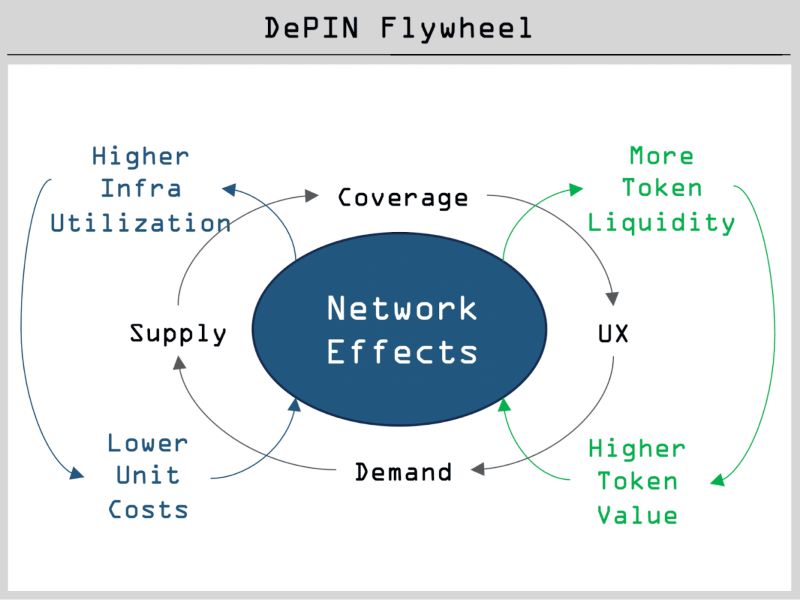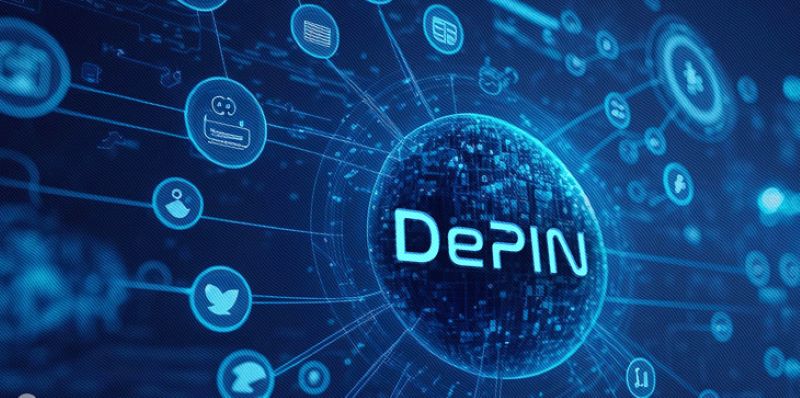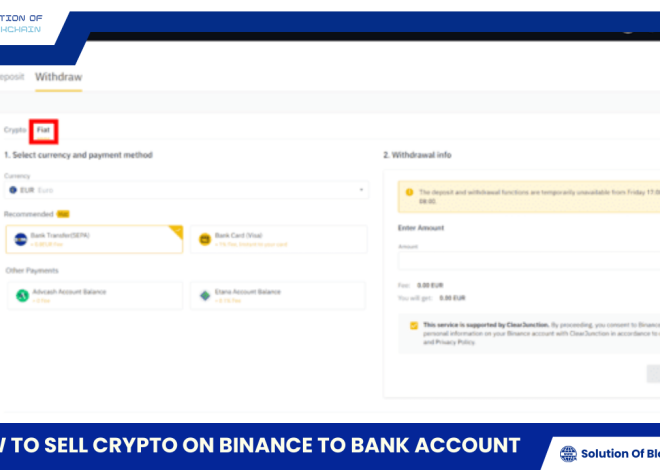
What is DePIN? The Future of decentralization
What if you could own a piece of the internet? DePINs are making this a reality by decentralizing physical infrastructure. Click to discover what is DePIN and how blockchain is transforming the way we access essential resources.
What is DePIN in Crypto?
DePIN, or Decentralized Physical Infrastructure Networks, is a groundbreaking concept that merges real-world infrastructure with blockchain technology. It creates decentralized alternatives to traditional facilities by incentivizing individuals and organizations to contribute their resources, such as storage, computing power, or bandwidth, through a cryptocurrency-based reward system.
This innovative approach is gaining significant traction, with the DePIN market cap exceeding $26 billion, surpassing even DEX and Oracle tokens. Let’s delve deeper into what DePIN is and how it operates to understand its revolutionary potential.
Understand Decentralised Physical Infrastructure Network In Crypto
Decentralized Physical Infrastructure Networks (DePINs) leverage the power of community-driven, peer-to-peer networks to provide essential resources like data storage, wireless connectivity, and energy grids. These networks incentivize participants with cryptocurrency rewards for their contributions, creating a decentralized and self-sustaining ecosystem.
Real-world examples, such as Silencio Network for noise data collection and ELOOP Network for Tesla car-sharing, demonstrate the practical applications of DePINs. This approach challenges the traditional centralized model, where large corporations control infrastructure access.

DePINs break down entry barriers for new entrepreneurs by enabling a collective effort to build and maintain infrastructure. The network effect drives growth as more participants join, contributing resources and increasing the overall value, fostering a cycle of continuous expansion and improvement.
In essence, DePINs harness the power of decentralized collaboration to create a more accessible, efficient, and equitable model for physical infrastructure management, ultimately benefiting both providers and users alike.
How does Decentralized Physical Infrastructure Networks (DePINs) work?
DePIN networks are revolutionizing the way we connect blockchain technology to the real world. Here’s a simplified breakdown of their key components:
Physical Infrastructure: These are real-world facilities like routers and sensors managed by private providers. They form the backbone of the DePIN network, enabling data transmission and resource sharing.
Blockchain Architecture: DePINs leverage blockchain technology to execute smart contracts, manage transactions, and distribute rewards to participants. They may utilize their own chains or build upon existing layer-1 blockchains like peaq, which offers a DePIN-friendly ecosystem and pre-built functionalities.
Off-Chain Network: This encompasses the interactions and data transactions that occur outside the blockchain. Participants can buy or provide resources like computing power, storage, and connectivity through this network.
Token Rewards: Participants are incentivized to contribute to the network through token rewards. These tokens can be used to access services within the DePIN or exchanged for other cryptocurrencies.
Types of DePIN
DePINs are classified into two major categories they are:
- Physical Resource Networks(PRNs): These are location-based physical infrastructures, users get rewarded for providing location-based hardware resources related to connectivity, energy or geospatial data
- Digital Resource Networks (DRNs): These resources are not set to any location or related to locational data, DRNs include digital resources such as storage facilities, bandwidth computing power, etc.
The DePIN Flywheel
The DePIN flywheel is a self-perpetuating cycle that gains momentum as more participants contribute resources to the network. Initially, some resources may be underutilized before individuals join the DePIN.
As participation increases, the network expands and strengthens, offering a wider range of services at lower costs compared to traditional corporations. This affordability attracts more users, generating revenue for the protocol through fees while rewarding resource providers with tokens.
Growing demand increases the value of the native token, further incentivizing contributions and attracting new participants. The influx of resources expands the network’s capacity, enabling it to serve a larger user base and offer a wider variety of services.
This cycle of growth and increased token value also draws in investors, who provide additional funding and support, accelerating the protocol’s development. The result is a robust, self-sustaining ecosystem that benefits all stakeholders, from users to providers to investors.
Benefits of DePINS
Accessibility and Permissionless Nature: Built on public blockchains, DePINs are open to anyone with the necessary resources, fostering a truly inclusive environment where participation is not restricted by permission or affiliation.
Borderless Expansion and Rapid Scalability: Unburdened by governmental constraints, DePINs can rapidly scale across borders, unhindered by bureaucratic red tape, allowing for swift expansion and growth.
Crowdsourced and Affordable: The collaborative, crowdsourced nature of DePINs eliminates unnecessary overheads, distributing costs among participants and enabling faster, more affordable infrastructure development.
Fair Pricing: With minimal platform costs, DePINs often offer more competitive pricing compared to centralized services. Factors influencing pricing include operational costs for private providers and network-specific variables, ensuring a transparent and equitable model.
Self-Sustainability: DePINs achieve self-sustainability through incentivization mechanisms, crowdsourced efforts, and efficient resource allocation. This allows them to generate revenue to maintain and expand infrastructure without relying heavily on external funding, fostering resilience and independence.
Security of DePINs
As DePINs continue to gain traction, ensuring their safety and security is paramount. To protect data confidentiality, these protocols implement robust encryption measures. They also leverage blockchain’s immutability to guarantee data integrity and maintain transparency. Additionally, regular smart contract audits are conducted to identify and address potential vulnerabilities, proactively mitigating security risks. This multifaceted approach to security aims to build trust and confidence in DePINs, providing users with a secure and reliable platform for accessing and sharing resources.
Dive deeper into the world of DePINs and stay ahead of the curve. Subscribe to the Blockchain Bulletin Weekly newsletter for expert insights, in-depth analysis, and the latest news on this transformative technology.




